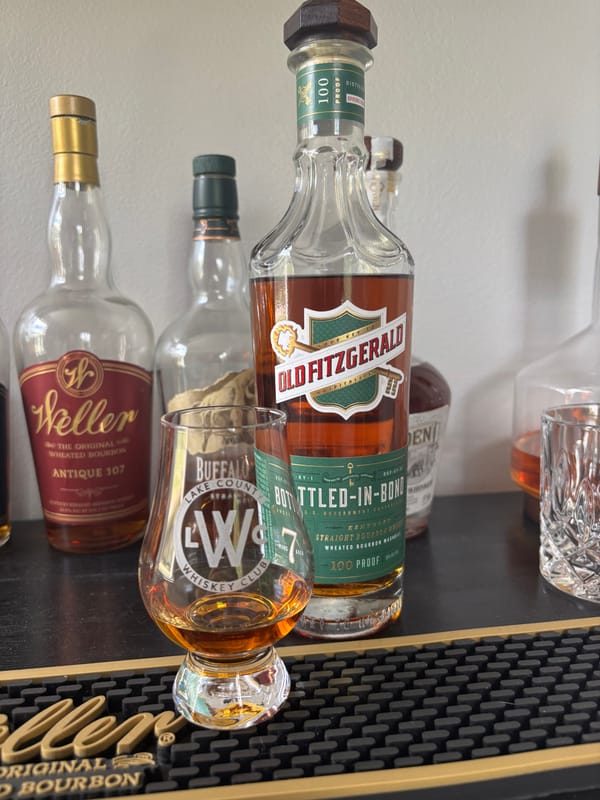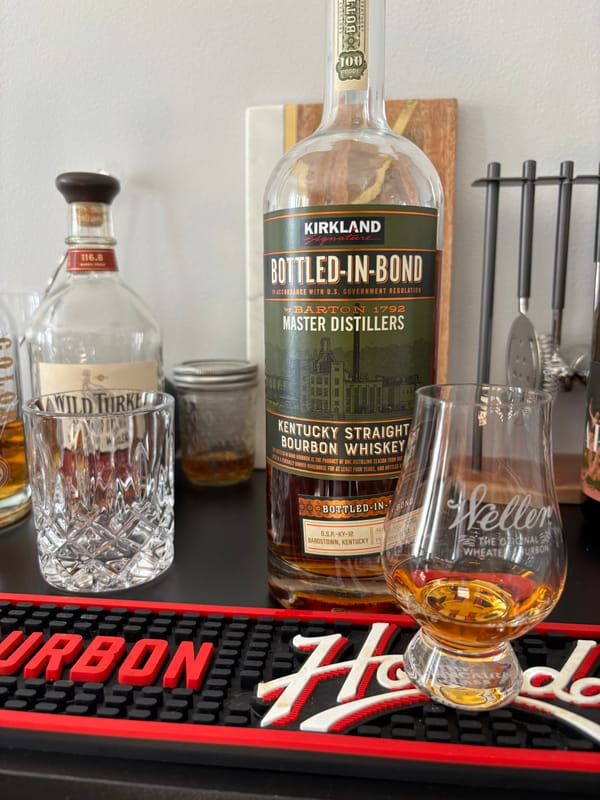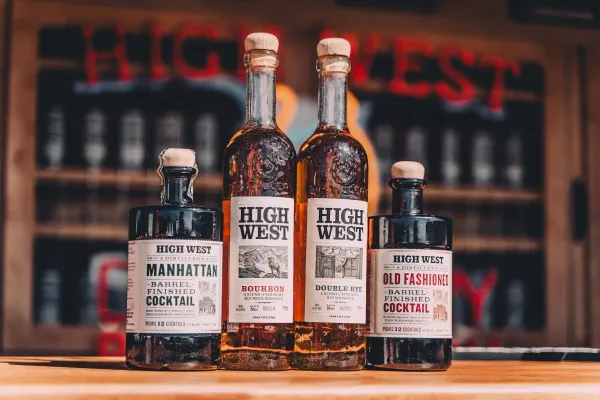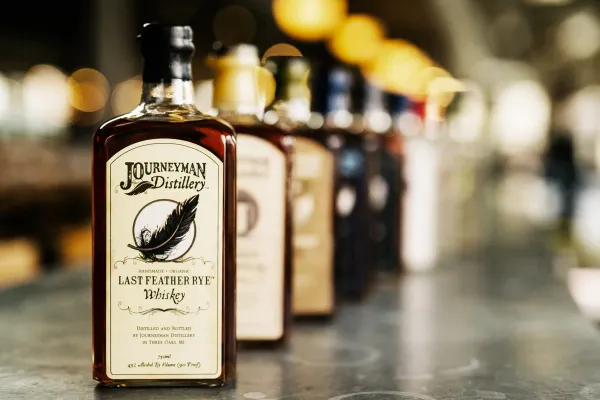How Long Does Bourbon Age? The Timeline That Shapes Your Sip

The Aging Clock on Bourbon
Aging turns raw spirit into bourbon, but how long does it take? The timeline isn’t random—it’s a science of wood, weather, and rules that crafts every bottle. Here’s how long bourbon ages, what happens inside the barrel, and why it’s key to your next pour.
The Minimum Aging for Bourbon
U.S. law (27 CFR § 5.22) requires bourbon to age at least 2 years in new charred oak to be "straight bourbon"—no minimum otherwise, but under 4 years must state age on the label. Most age 4-12 years—Buffalo Trace ($25) takes 6-8 for caramel and oak, per Breaking Bourbon (2022). Kentucky filled 2.6 million barrels in 2022 (Kentucky Distillers’ Association), most aging beyond the minimum.
What Happens During Aging
Oak pulls vanilla and spice—charred barrels (level 3-4) speed this, per The Spirits Business (2021). Kentucky’s heat (90°F summers) ages 2-3 times faster than Scotland’s 50°F, losing 2-4% ABV yearly—angel’s share—per Whisky Advocate (2022). Maker’s Mark ($25, 6 years) softens at 90 proof, while Elijah Craig 18 ($150) gets woody after 18 years, per Bourbon Culture (2022).
Aging’s Impact on Flavor
Four years adds balance—Jim Beam ($20, 4 years) brings oak and vanilla, per The Whiskey Wash (2021). Eight years deepens it—Knob Creek 9 ($35, 100 proof) hits nuts and spice, gold at 2022 SFWSC. Over 12 years risks oak overload—U.S. bourbon exports hit $1.2 billion in 2023 (The Spirits Business), with aged bottles leading premium sales.
Why Aging Matters to You
Time crafts taste—knowing it helps you pick. Want to taste the aging spectrum? Check out NEAT: Whiskey Finder—it’ll help you track down perfectly aged bourbons near you.





